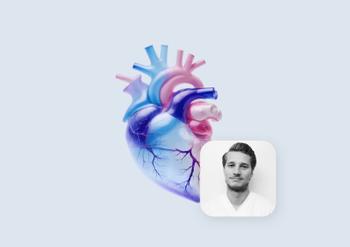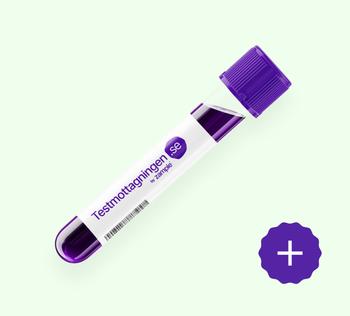Common stroke symptoms
- Sudden paralysis or numbness in face, arm, or leg: Often on one side of the body. The person may have difficulty smiling or lifting both arms at the same time.
- Sudden speech or language difficulties: Difficulty speaking, understanding speech, or finding the right words.
- Sudden vision loss or disturbances: Can affect one or both eyes, such as double vision or loss of vision in one eye.
- Sudden severe headache: An intense and unusual headache without a known cause, sometimes accompanied by vomiting or loss of consciousness.
- Sudden dizziness, unsteadiness, or coordination problems: Difficulty walking, maintaining balance, or coordinating movements, which can lead to falls.
Less common symptoms
- Confusion or memory problems: Difficulty thinking clearly, memory loss, or disorientation.
- Swallowing difficulties: Problems swallowing food or liquids.
- Sudden nausea or vomiting: Can sometimes occur along with other symptoms.
When and where to seek medical help
If you or someone around you experiences stroke symptoms, it is crucial to act quickly. Every minute counts to minimize brain damage and improve recovery chances.
- Call 112 immediately: At the first sign of a stroke.
- Use the acronym FAST:
- Face: Ask the person to smile. Does one side of the face droop?
- Arms: Ask the person to raise both arms. Does one arm drift downward?
- Speech: Ask the person to repeat a simple sentence. Is the speech slurred or strange?
- Time: Don't hesitate. The faster treatment is given, the better the prognosis.
- Document symptom onset: Note when the first symptoms appeared.
- Medical history: Bring a list of current medications and any relevant medical history.
- Relative or friend: Bring someone who can help describe what happened and provide support.
Stroke symptoms can develop quickly and vary in severity. Quick identification and treatment are crucial to reducing brain damage and improving recovery chances.

























